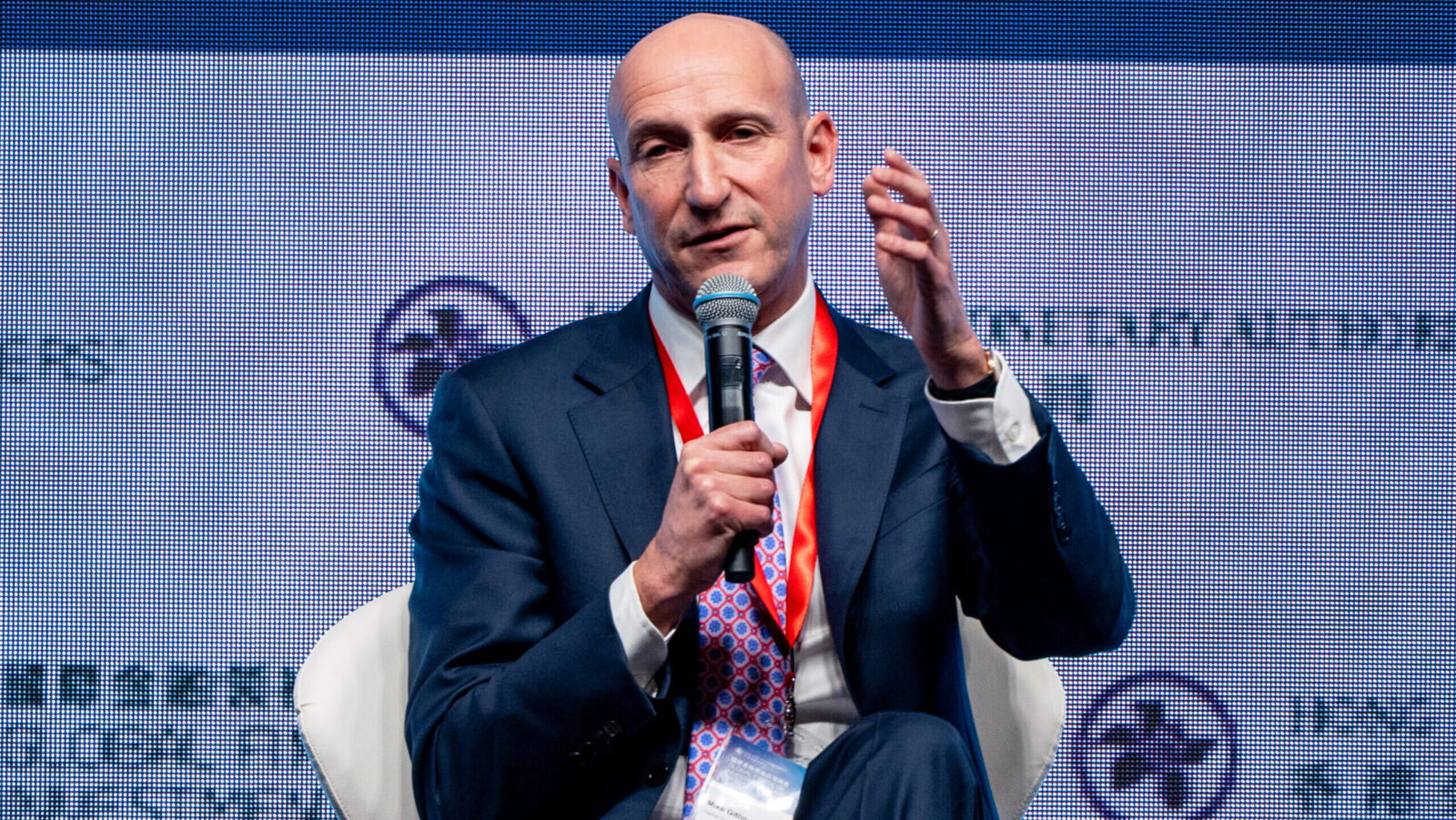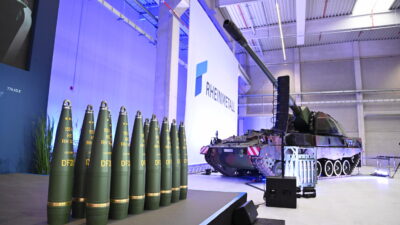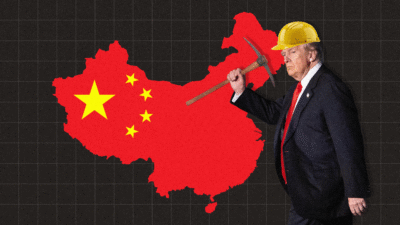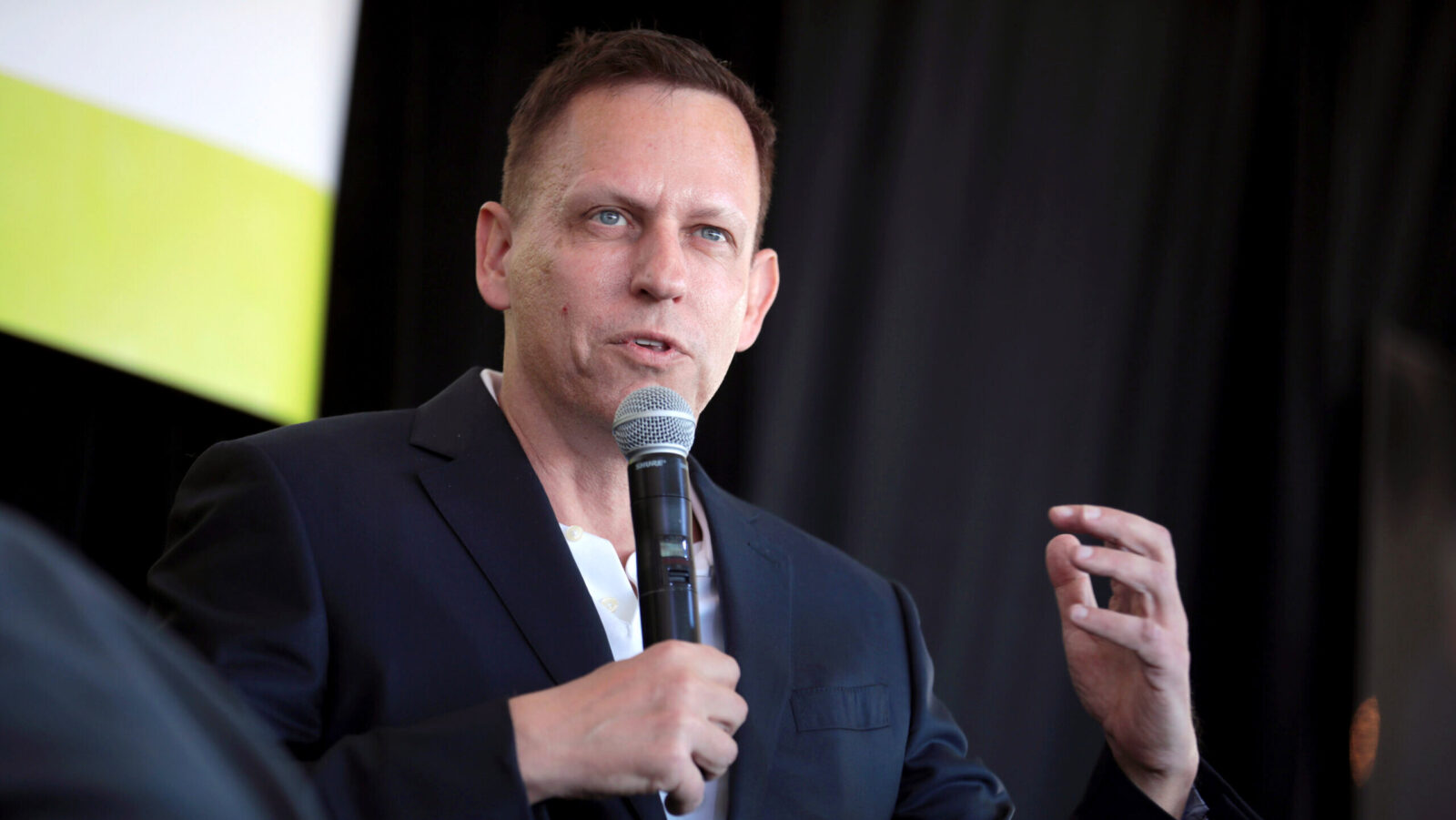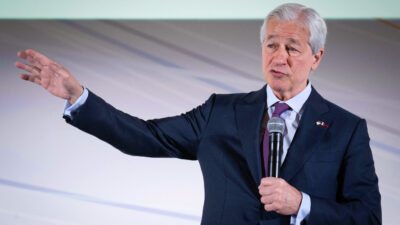US Army Recruits Private Equity for $150 Billion Infrastructure Overhaul
Army Secretary Daniel Driscoll has promised to adopt a “Silicon Valley approach” to deploy new weapons faster and expedite upgrades.
Sign up for smart news, insights, and analysis on the biggest financial stories of the day.
The US Army wants Wall Street to be all that it can be.
Army Secretary Daniel Driscoll told the Financial Times on Tuesday that he and Treasury Secretary Scott Bessent met with 15 of the top private equity buyout shops last week to pitch the likes of Apollo and Carlyle on funding a $150 billion infrastructure refresh.
Defensive Positions
If your first thought is, “Wait, doesn’t the Pentagon have a $900 billion annual budget and rising?” Driscoll has an explanation. The capital expenditure budget available to him over the next decade, he told the FT, is $15 billion, which is not enough to cover infrastructure modernization. (Government and independent reports in recent years have flagged outdated or obsolete IT and equipment as key issues.)
In a speech last week, Driscoll promised to adopt a “Silicon Valley approach” that would deploy new technology and weapons faster and expedite upgrades. “The traditional 12- to 18-month contracting cycle is just no longer feasible,” he said. “Tech advancement moves too fast for multiyear acquisitions.” The FT reported the private equity firms were asked at the meeting with Driscoll and Bessent to propose “clever” or “unique” financing models that could involve data centers, rare earth facilities, real estate refurbishments and the Army’s supply chain. Driscoll, who said he expects to have deals done by the end of the year, floated one unique idea himself: a “pay us in compute” model where, in exchange for access to Army land where they could build data facilities, firms would provide the service with computing power. If successful, it would be a unique spin on ongoing trends:
- Many militaries worldwide are increasing their budgets. In the wake of the Russian invasion of Ukraine, the EU boosted defense spending 19% last year to a record $402 billion. However, quicker and more nimble innovation has also come to the fore: One example is Ukraine’s rapid advances in drone technology.
- These investments have propelled defense industry stocks on both sides of the Atlantic. The STOXX Europe Targeted Defence ETF is up 101% this year, and the iShares US Aerospace & Defense ETF has climbed 45%.
Breaking Tradition: Driscoll promised last week to “disrupt the system” by moving procurement away from the largest defense contractors and toward tech upstarts. Palmer Luckey’s Anduril, which has already won defense contracts, was asked to submit mixed-reality displays it’s developing with Meta for testing.

